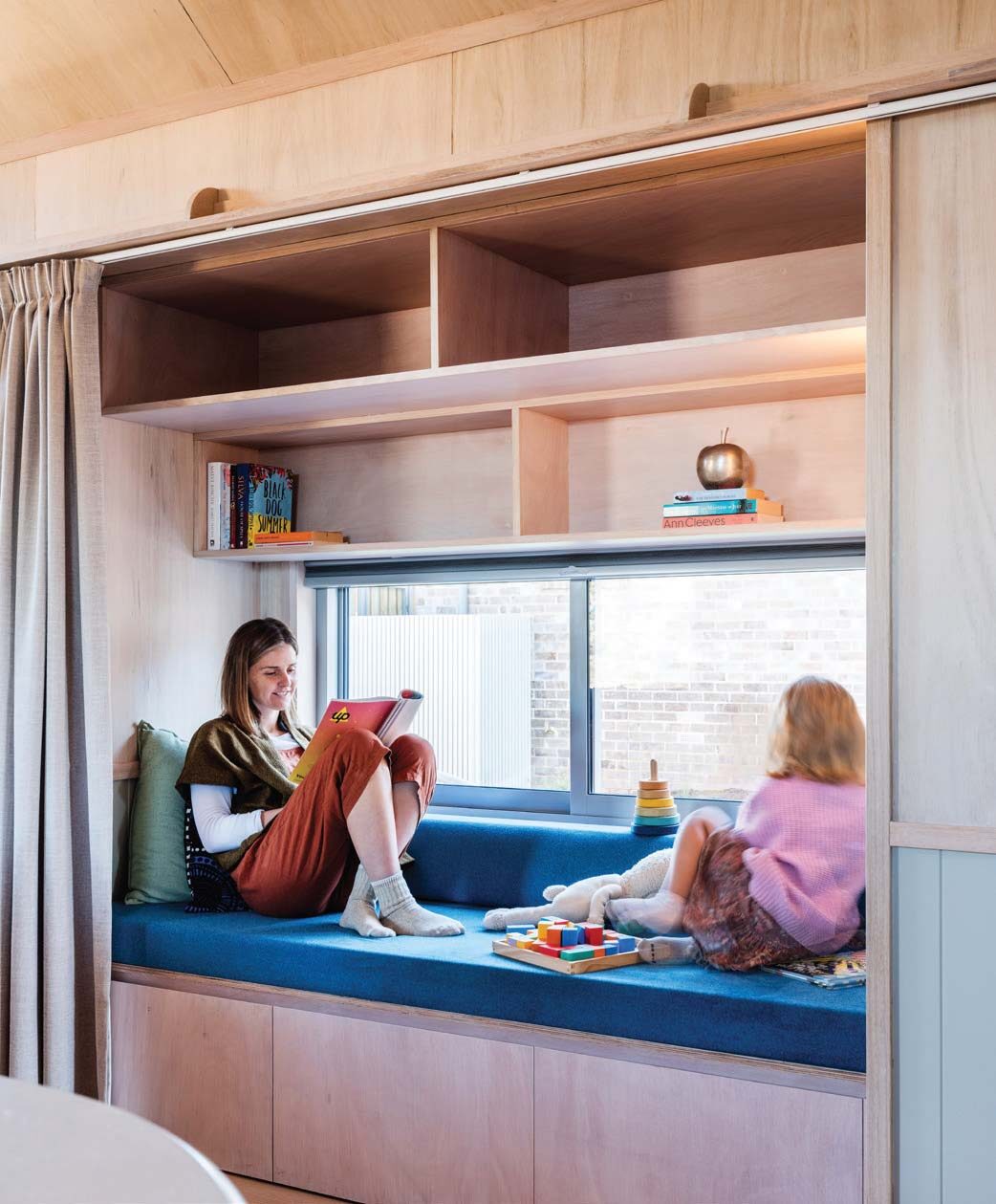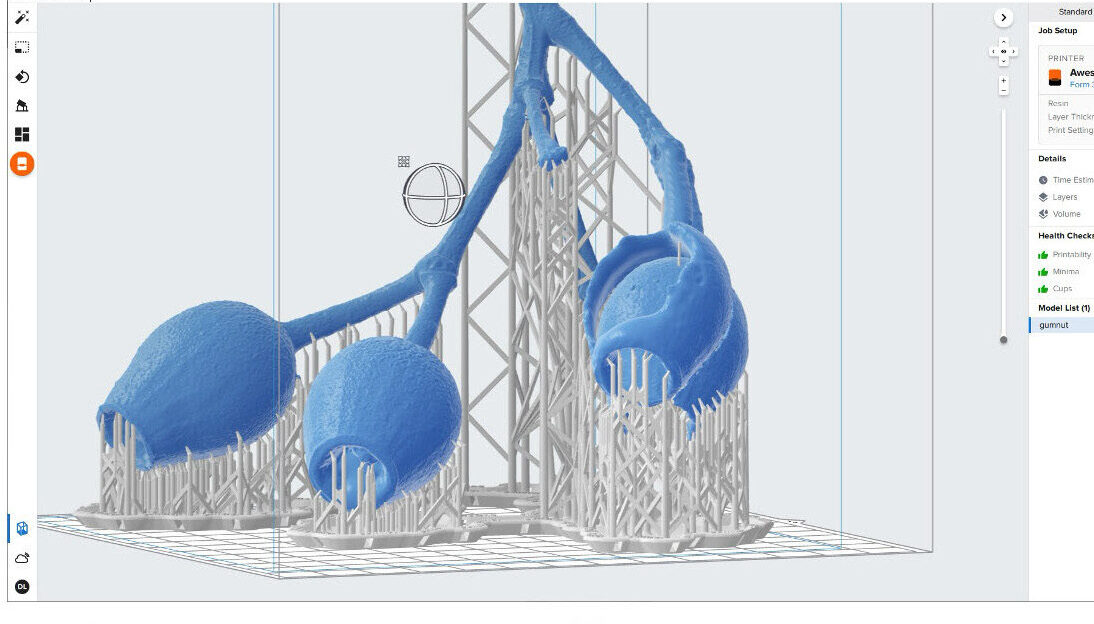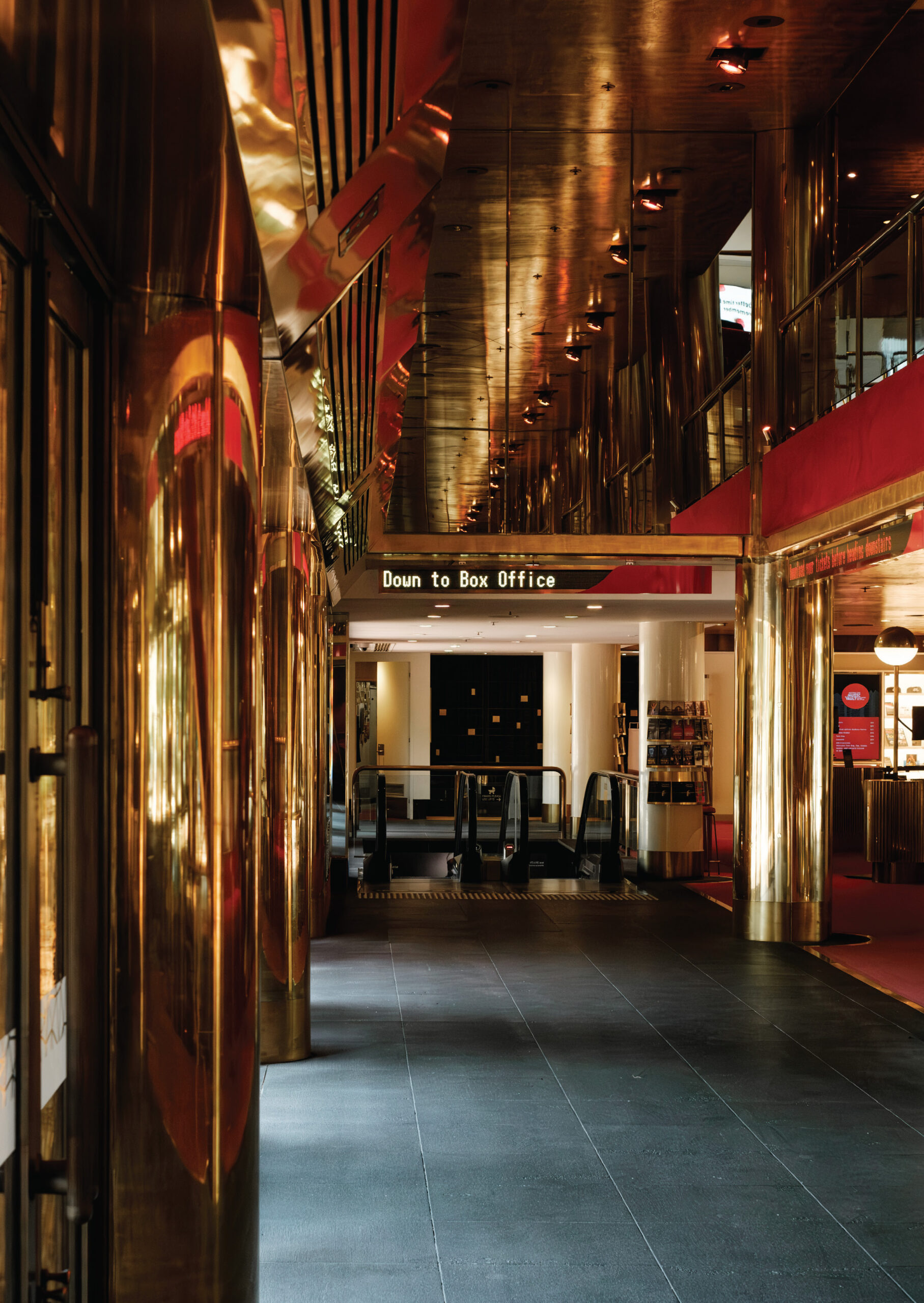The Healing Garden at the Heide Museum of Modern Art
Words by Mark Jacques
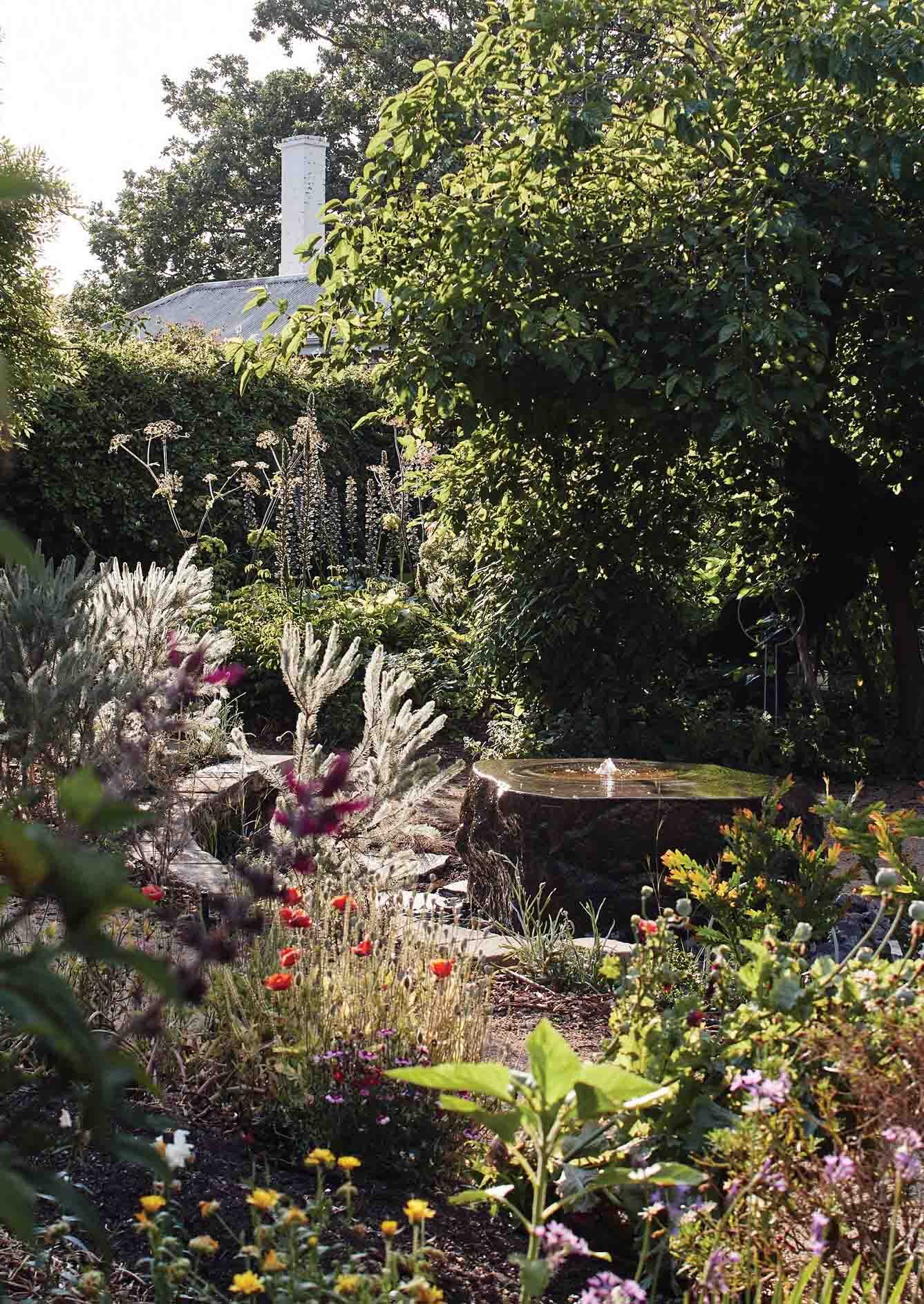
We’ve found that the Healing Garden is a democratic space because you don’t need language in the garden. There are no expectations in the garden. The garden brings memory – which is vitally important for people diagnosed with dementia. Obviously, we don’t claim that we’re going to cure or stop dementia with this program, but it can bring beautiful memories for adults living with dementia and their carers who are often their partners. It can bring back memories, and we have found that it sparks joy.
The idea of Heide began with sensing the landscape. Everything that has happened there, all the making, all the danger, all the culture, has been enabled and registered through an exchange between body and the landscape.
The project for a Healing Garden at Heide is an attempt to return the body to landscape in a way that edits out the distractions of other people and the distraction of the gallery. The project is an attempt to evoke those sense spaces that exist in the collective memory of the site and in shared garden memories that each of us carry.
The Healing Garden is set within the grounds of the Heide I kitchen garden – a site that was once home to John and Sunday Reed and that hosted Modernist painters and writers in the early part of the 20th century.
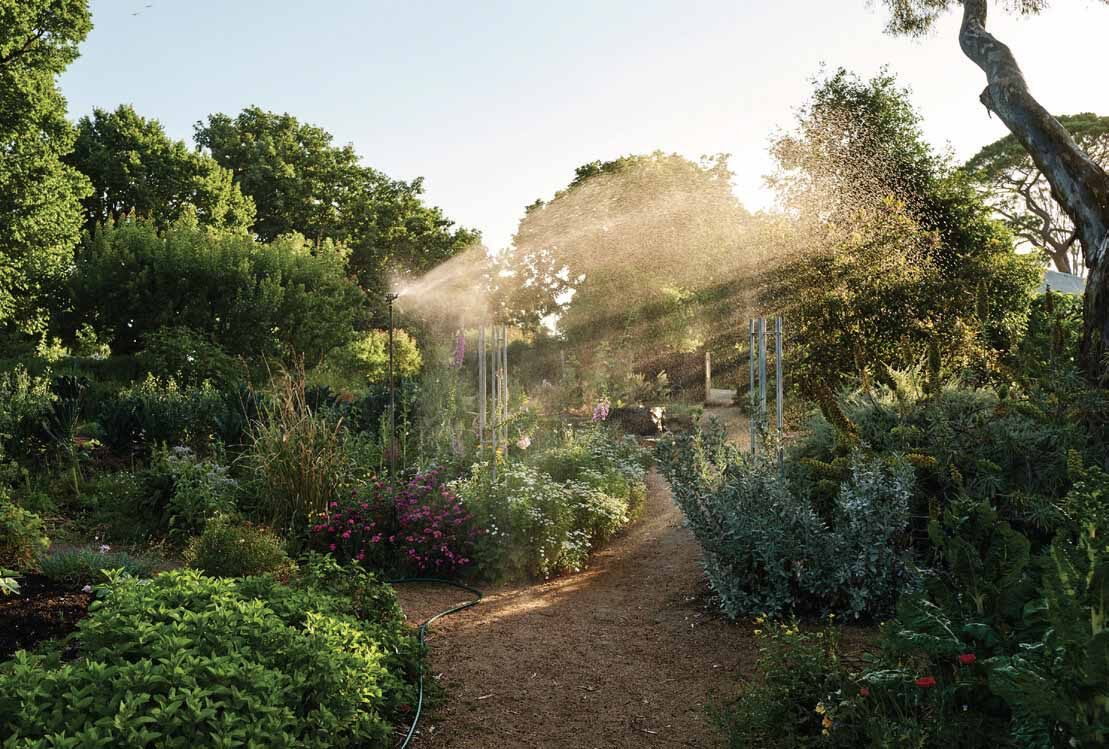
The brief called for the creation of a space that would allow for small groups and individuals with special physical and developmental needs to occupy and experience a sensory garden. The garden and its programs are intended to align with the philosophies of Sunday Reed – it is a place of wellbeing, produce, experimentation and sensory indulgence.
The essential task of the healing garden is to provide the positive distraction of the natural world as a way of promoting mindfulness and by doing so, change our normal everyday behaviour. While it’s true that all gardens have the potential to change our behaviour or to shift our focus, the design of the Healing Garden at Heide Museum of Modern Art shows a way of charging an existing garden with the invitation to notice.
Our project is not a remaking of the site or the importation of a new idea. Instead, we have looked, observed, framed and created tipping points in the existing landscape that invite occupation and allow people to be in an environment in which they are free to slow down, to notice and to change their behaviour.
An arbour structure creates a threshold between the familiar space of Heide I and the heightened space of the garden. The existing heritage paths and planting are carefully retained, with new areas of immersive, textured and seasonal planting along with seating that invites the body.
The figure of the healing garden contains clues that the space is different to the wider site. A series of thin steel armatures and frames draw the eye to specific plants that we’d like people to notice because of the season or because of their connection to the Reeds. These are a way, like a viewfinder or a lens, of finding focus within the undifferentiated “green noise” of the landscape and changing behaviour by moving and seeing the garden in a different way.
Openwork undertook a detailed mapping of historical and biographical references to planting at Heide using primary and secondary sources, preparing a matrix of plants noting their seasonality, colour and their relationship to the Reeds occupation of the site. This mapping reveals traces of two landscapes which are both legacies of Reed’s interest and influence.
The first is the English Garden Landscape idea – contained with a controlled and seasonal informality – an interest which the Reeds picked up from Gertrude Jekyll amongst others. The second is an early manifestation of an Australian landscape garden – a constructed native rambunctiousness – championed by Heide’s first gardener Neil Douglas.
Both these ideas can be seen in different parts of the Heide site, but the Healing Garden’s innovation is in being able to bring them together into one space – revealing the similarities and contradictions that make their co-presence so much part of the experience of Heide. The character and experience of the site does not rest in either of these conditions, but in the ability to sense both simultaneously.
Within this charged place, moments of invitation are created by the provision of seats, big enough for only one person or one person and their carer. Their arrangement within the circular figure is dispersed to ensure the garden doesn’t become a social space, but rather a collection of personal and intimate ones held at a distance from one another. The garden was designed before the pandemic but has accidentally become an exemplar of social distancing. The seats are another way of using design to interpret history, combining actual stacked limestone leftover from the construction of McGlashan Everist’s 1968 Heide II and imagined fragments of domestic furniture that might have been brought into the garden from Heide I.
The healing garden is for everyone who visits Heide, but it is also purpose built for people who could benefit the most. Evelyn Tsitas is the learning and engagement manager at Heide and oversees a project called Creative Age which is designed to cater for adults living with dementia and their carers.
Seasonal cues and changes provide comfort for people with a distorted sense of time. The rhythm of foliage / leaf fall and regrowth reinforces ideas of rebirth and renewal – measuring our daily experience against a bigger idea – time, scale, repetition, things we associate with the natural world. Evelyn Tsitas recalls that, “Recently, there was one person visiting the garden who has been diagnosed with dementia eight years ago, but he’s still at a quite socially engaged capacity. We were walking through the garden and talking about the seasons and how we were there as seasons were changing. And we were feeling plants and smelling plants. We smelled some rosemary, and suddenly one of the adults with dementia started to sing the Simon and Garfunkel song Scarborough Fair with the line about parsley, sage, rosemary, and thyme and all the adults started singing it, and it was beautiful. Noticing the garden had triggered a memory
that they all had shared.”
“The sensory garden has a capacity for a dopamine effect – for jogging the memory. It can be like a window to another world. One man visiting the garden had been in a loop for some time, saying the same two sentences over and over. At the end of his time in the garden, he clearly said ‘I lived around here all my life, I drove past and I never came in. I never knew it was here’. And it was like a kind of magic to have him break through from saying the same thing that he’d been saying over and over to his wife and she was in amazement. So, I think there is the capacity for sense to literally heal and I didn’t realise the extent of that until we started to run Creative Age in the Gardens.”
Mark Jacques an urban designer and landscape architect. He graduated from the UNSW’s College of Fine Arts in 1994 and in 2016 founded Openwork as an office undertaking projects in public space, landscape architecture, urban design, research and speculation. In 2015, Mark was appointed professor of architecture (urbanism) industry fellow at RMIT School of Architecture and Urban Design. In 2021 Mark was appointed to the inaugural Melbourne Design Review Panel, part of the City of Melbourne’s Design Excellence Program.

